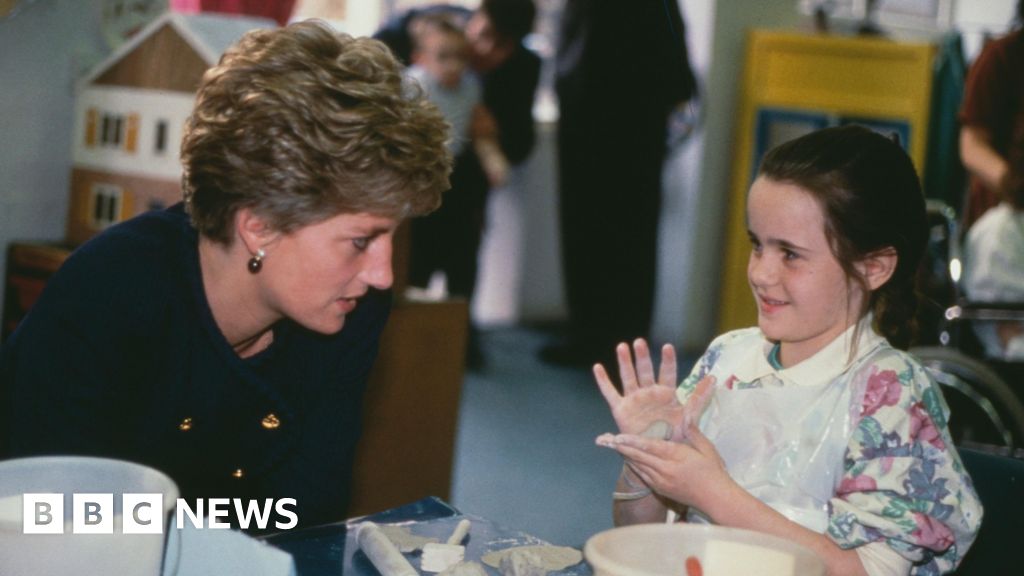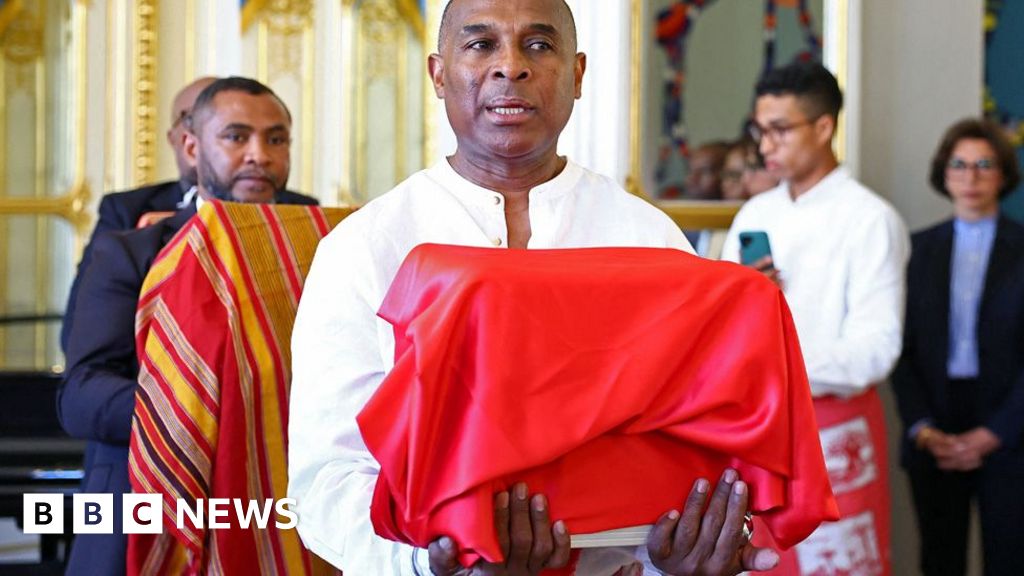JERUSALEM — In a remarkable cultural milestone, a pipe organ, deemed the oldest in the Christian world, was played for the first time in 800 years on Tuesday at a monastery in Jerusalem's Old City. The ancient instrument, which features original pipes from the 11th century, resonated with a powerful sound as musician David Catalunya performed a liturgical chant titled Benedicamus Domino Flos Filius. The music filled Saint Saviour’s Monastery, blending harmoniously with the sound of distant church bells.
During a press conference prior to the performance, Catalunya emphasized the historical significance of the moment. This organ was buried with the hope that one day it would play again, he declared. And the day has arrived, nearly eight centuries later.
The organ, now housed at the Terra Sancta museum in the Old City, has an intriguing history. Researchers believe Crusaders transported it to Bethlehem in the 11th century during their reign over Jerusalem. After approximately a century of use, the organ was buried to safeguard it against invading forces. It remained there until 1906, when it was unearthed by workers building a new Franciscan hospice in Bethlehem, leading to the discovery of 222 bronze pipes and various other artifacts.
It was extremely moving to hear how some of these pipes came to life again after about 700 years under the earth and 800 years of silence, commented Koos van de Linde, an organ expert involved in the restoration. The hope of the Crusaders who buried them -- that the moment would come when they would sound again — was not in vain.
The restoration team, headed by Catalunya, embarked on a project to replicate the organ in 2019, only to find that several of the original pipes still functioned as they did centuries ago. Original pipes were carefully preserved and combined with replicas crafted using ancient techniques. Alvaro Torrente, director of the Instituto Complutense De Ciencias Musicales in Madrid, likened the discovery to unearthing a living dinosaur, remarking on the unprecedented experience of hearing the ancient sound anew.
The team plans to continue the restoration process and create copies of the organ for churches worldwide, ensuring that this historical music remains accessible for generations to come. Catalunya stated, This is an amazing set of information that allows us to reconstruct the manufacturing process so that we can build pipes exactly as they were made about a thousand years ago.\
During a press conference prior to the performance, Catalunya emphasized the historical significance of the moment. This organ was buried with the hope that one day it would play again, he declared. And the day has arrived, nearly eight centuries later.
The organ, now housed at the Terra Sancta museum in the Old City, has an intriguing history. Researchers believe Crusaders transported it to Bethlehem in the 11th century during their reign over Jerusalem. After approximately a century of use, the organ was buried to safeguard it against invading forces. It remained there until 1906, when it was unearthed by workers building a new Franciscan hospice in Bethlehem, leading to the discovery of 222 bronze pipes and various other artifacts.
It was extremely moving to hear how some of these pipes came to life again after about 700 years under the earth and 800 years of silence, commented Koos van de Linde, an organ expert involved in the restoration. The hope of the Crusaders who buried them -- that the moment would come when they would sound again — was not in vain.
The restoration team, headed by Catalunya, embarked on a project to replicate the organ in 2019, only to find that several of the original pipes still functioned as they did centuries ago. Original pipes were carefully preserved and combined with replicas crafted using ancient techniques. Alvaro Torrente, director of the Instituto Complutense De Ciencias Musicales in Madrid, likened the discovery to unearthing a living dinosaur, remarking on the unprecedented experience of hearing the ancient sound anew.
The team plans to continue the restoration process and create copies of the organ for churches worldwide, ensuring that this historical music remains accessible for generations to come. Catalunya stated, This is an amazing set of information that allows us to reconstruct the manufacturing process so that we can build pipes exactly as they were made about a thousand years ago.\





















